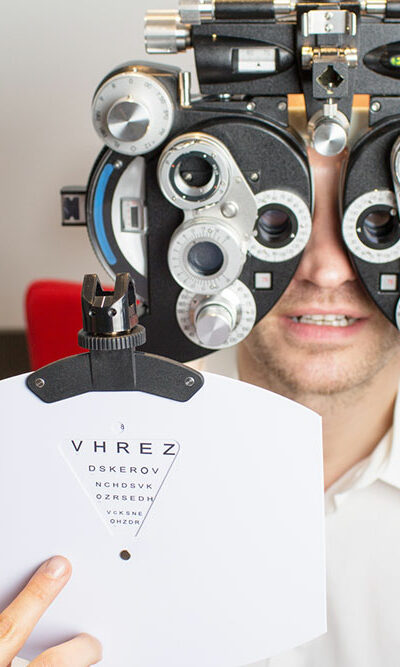
3 major warning signs of hemophilia
Hemophilia is a rare medical condition, typically inherited, that develops if the body does not make enough protein (clotting factors) to form blood clots. This disorder can lead to spontaneous bleeding or excessive bleeding following an injury or surgery. The disorder is usually treated by regularly replacing the blood’s clotting factor. However, to receive timely treatment, it is important to keep an eye out for the following warning signs of hemophilia: 1. Excessive external or internal bleeding Bleeding may be of two kinds–internal or external. The severity of bleeding may differ from person to person; however, upon bleeding externally, one may observe the following signs here: – Bleeding in the mouth and gums or bleeding that is difficult to stop after losing a tooth – Bleeding after circumcision – Unexplained nosebleeds – Heavy bleeding, even from minor cuts – Bleeding from a cut that resumes after a short pause Internal bleeding can manifest as the following: – Blood in the urine, as a result of bleeding in the bladder – Blood in the stool due to stomach or intestinal bleeding – Bleeding into the skin, muscle, or soft tissue, leading to the formation of bruises due to blood build-up in the area (also called hematoma) 2. Joint pain and swelling Those with hemophilia may also experience bleeding in the knees, elbows, or other joints, even without any obvious injury. At its onset, the bleeding causes soreness or tightness in the joint but does not show any visible signs. This makes the joint inflamed, painful, and hot to the touch. As the bleeding continues, it impacts the joint’s range of motion. If left untreated, this could result in severe pain and damage to the joint. 3. Bleeding into the brain Some people may also experience bleeding in the brain after a small bump or injury.










